Lighting Design for Retails
- LIGHTORY Lighting Design

- Mar 21, 2024
- 5 min read
In this blog of LIGHTORY, we discuss lighting design approcahes in Retail projects.
1-Store types
Factory Outlet
It is the type of store where simple interior design and uniform lighting fixtures are used and, if possible, lighting systems that benefit from daylight are used.
Wholesale Seller
These are stores where products are sold wholesale at once and a high level of brightness is required.
Brand Clothing Store / Designer or Boutique Store
These are store types where interior architecture and decoration are specially designed and upper segment fixtures are used. Many different techniques such as ambient lighting, accent lighting, and perimeter lighting are used together.
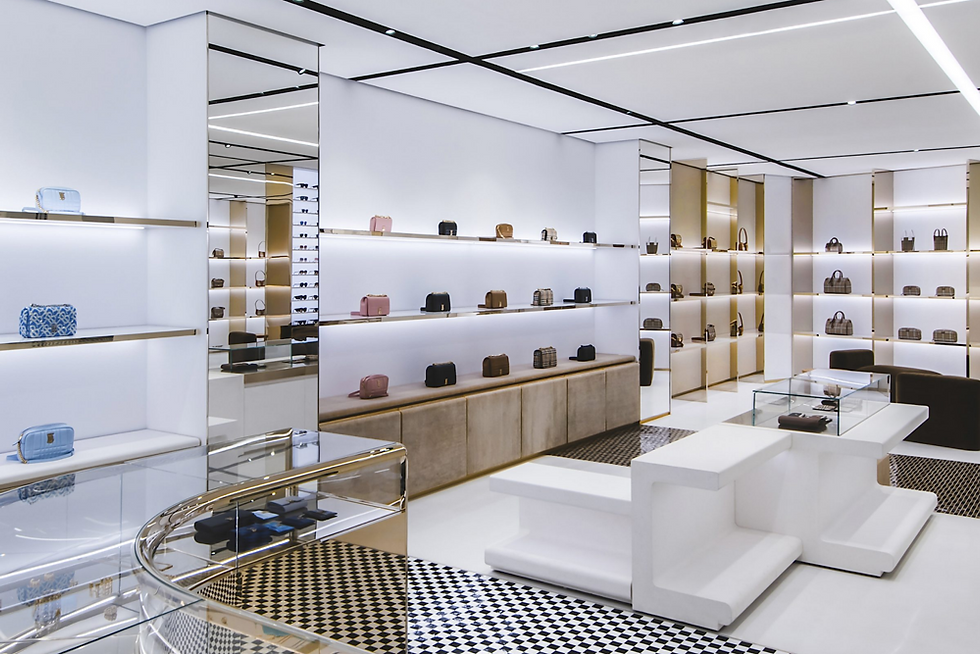
Picture 1.1: Brand/Fashion Store: Semi-recessed directional spotlights give a clean image with cold white light sources and support the store image. While the linear lighting on the shelves provides product illumination, it also contributes to perimeter illumination, helping the space to be perceived as larger than it is.
2-In What Manner is Lighting Design important for the Retails?
The purpose of Lighting Design in Commercials can be listed in three items;
· Attracting and Redirecting Customers
The main purpose of store lighting is to attract and redirect customers and increase sales of products to make it stand out in order to improve it.
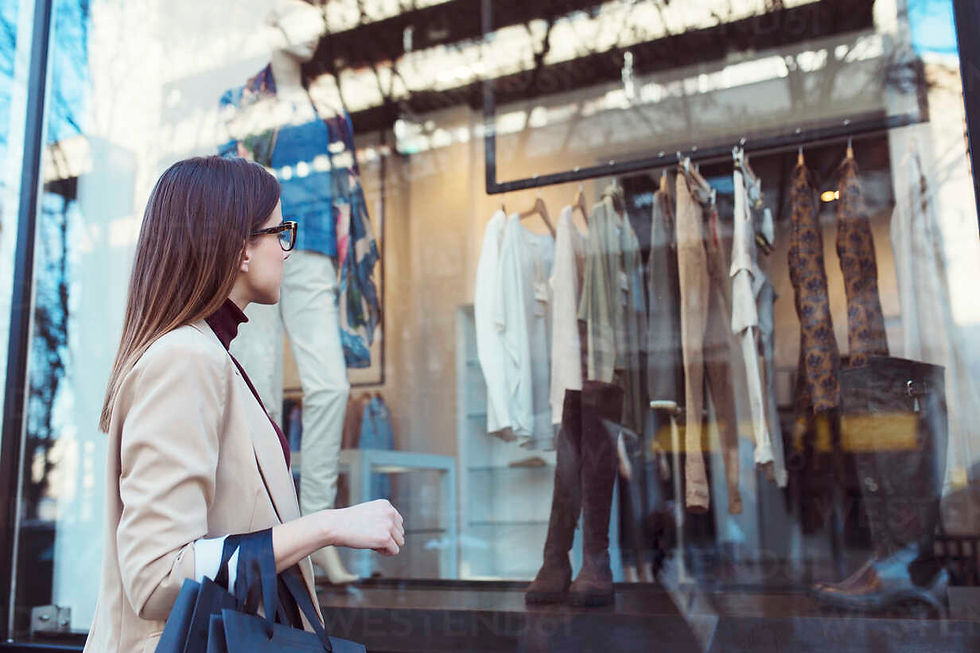
Picture 2.1: The main purpose of Store Lighting design is to attract potential customers into the store and guide them with hierarchical lighting design (ambience-wall/wall-accent) within the store.
· Observation of products
Features of the products such as color, texture, quality and price tag must be well observable.
A good lighting design is important to avoid disappointment when experienced in the field.
3- Properties of light such as refraction and reflection
In order to create a good lighting design, it is necessary to consider how light will affect the space and the products. Light may exhibit behaviors such as reflection, damping, and transmission depending on the location of the lighting device and the characteristics of the light source inside. Determining how the form of the product will be perceived by the visitor in luminaires with different light curves is one of the first stages in the design. For instance, if we compare a supermarket with a jewelry store, with the light-reflecting structure of diamonds, the categorization of products in a supermarket, the information label and price reading needs are completely different in terms of what is expected from the lighting design.
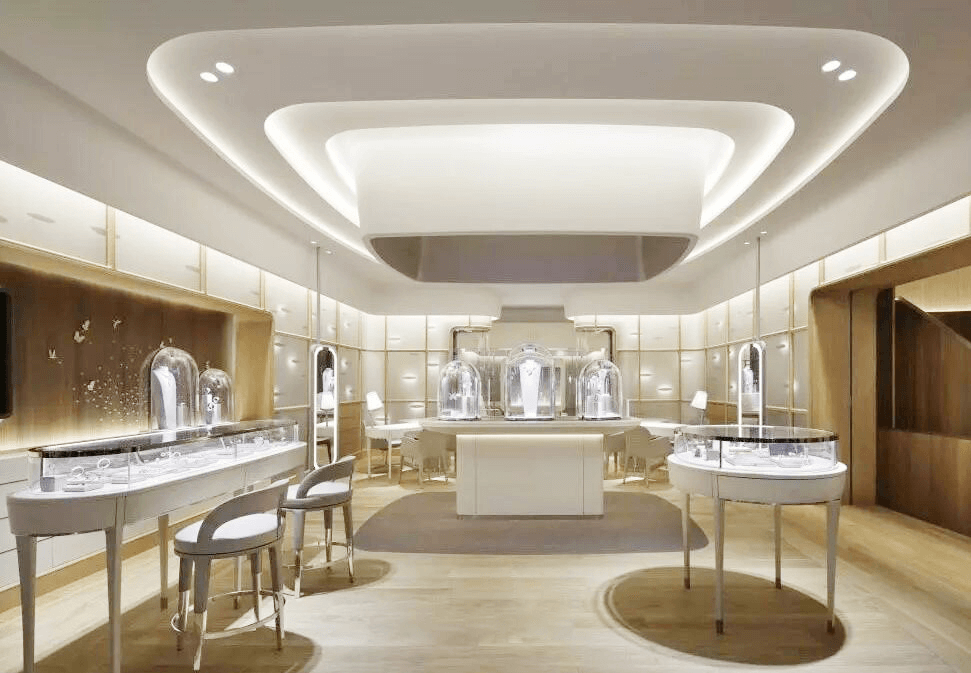
Figure 3.1: The lighting needs of a jewelry store and a supermarket are completely different. In the first stages of lighting design, the architectural texture of the space, the products to be exhibited, the colors used in the space and the store image should be analyzed well.
4-Glare
The worst experience store visitors are likely to have will be due to glare. glare; It is the feeling of discomfort caused by light reaching the eye directly from a light source. The light that is indirectly reflected to the eye by reflecting from a surface is called indirect glare. Since glare causes eye fatigue, it can cause discomfort for both customers and store personnel, resulting in a poor shopping experience and working environment.
There are different methods listed below to control glare;
· Reduce/dim light output:
· Directing and adjusting fixtures
· Use of baffle to create cutting angle
· Use of Louver, Barn door type anti-glare accessories
· Filters to be applied to the armature
· Preferring dimmable fixtures
Light filtering accessories such as screens and fabrics
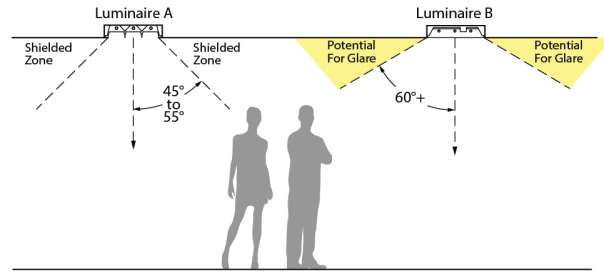
Picture 4.1: Luminaires that are not finely tuned, have an excessively wide light curve, or have a poorly chosen cutoff angle may cause glare.
Image Source: IES
5-General Understanding of Lighting Design
The general approach in design is to create a lighting hierarchy within the retails. To do this, first a general brightness level must be determined and to be followed. Next, the luminance ratios and accent lighting ratios for vertical surfaces can be determined. Depending on store image, product type, etc., vertical lighting is generally twice as high as horizontal lighting. For more dramatic and visually interesting areas, this ratio can be increased up to 5 or 10 times.
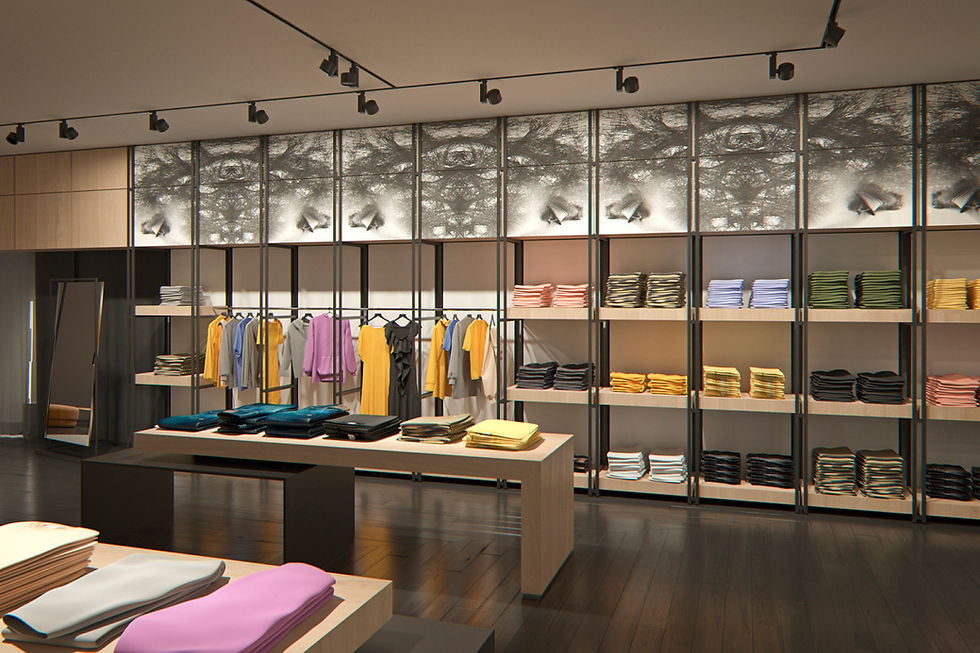
Picture 5.1: In the design approach, firstly the horizontal brightness level is taken into account, and in the following stages, vertical and accent lighting should be studied depending on the store identity and image.
Image Source: Erco Lighting
Lighting levels within the store and the areas that need to be specifically worked on are as follows;
· Showcases
Showcases are the most critical areas for potential customers passing in front of the store to observe the product in the store. The lighting system for shop windows should be the most flexible solution possible and should not restrict the view of the visitor observing the shop window. Dim control is one of the methods to be used in window lighting at night.
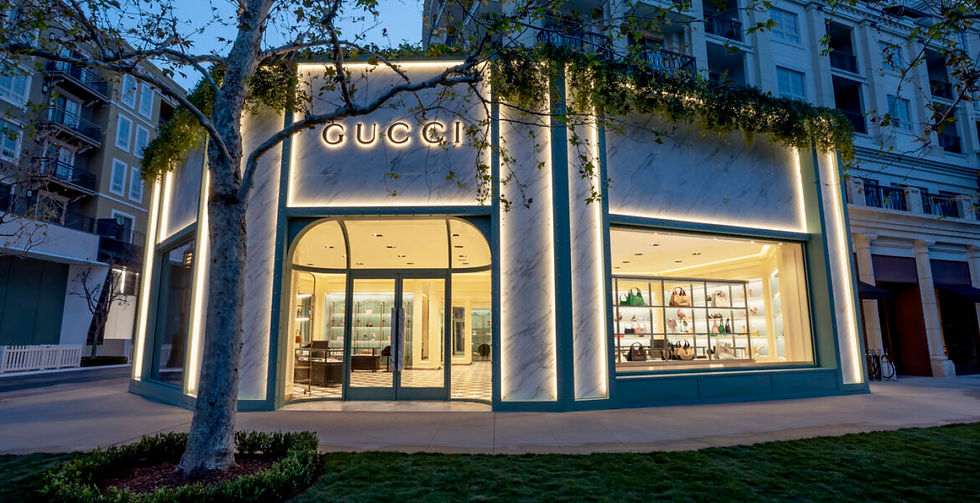
Picture 5.2: The solution designed for showcases should be the most flexible solution possible, should be easily accessible for potential scene changes, and should have light source features that highlight product texture and color.
Image Source: Interior Designer Blog
· Store entrance
The first impression about product features occurs on customers at the entrance of the store. Essentially, the lighting at the store entrance should help visitors achieve visual adaptation when transitioning from outside to inside. If possible, architectural details at the store entrance should be emphasized to reflect the store image.
· Dressing Rooms
Dressing rooms are areas where visitors turn into customers, that is, where purchasing decisions are made. Rehearsal room architectural design may be equipped with basic features depending on the store type, or may be enriched with elements such as sofas, chairs, tables and floor lamps in the rooms, as preferred in upper segment stores. Vertical lighting with high lighting uniformity should be provided in rehearsal rooms; Light sources with the maximum possible color rendering should be preferred, and a design should be made that does not include deep and harsh shadows. The lighting design should combine diffuse and directional luminaire types and reveal facial features and fabric texture.
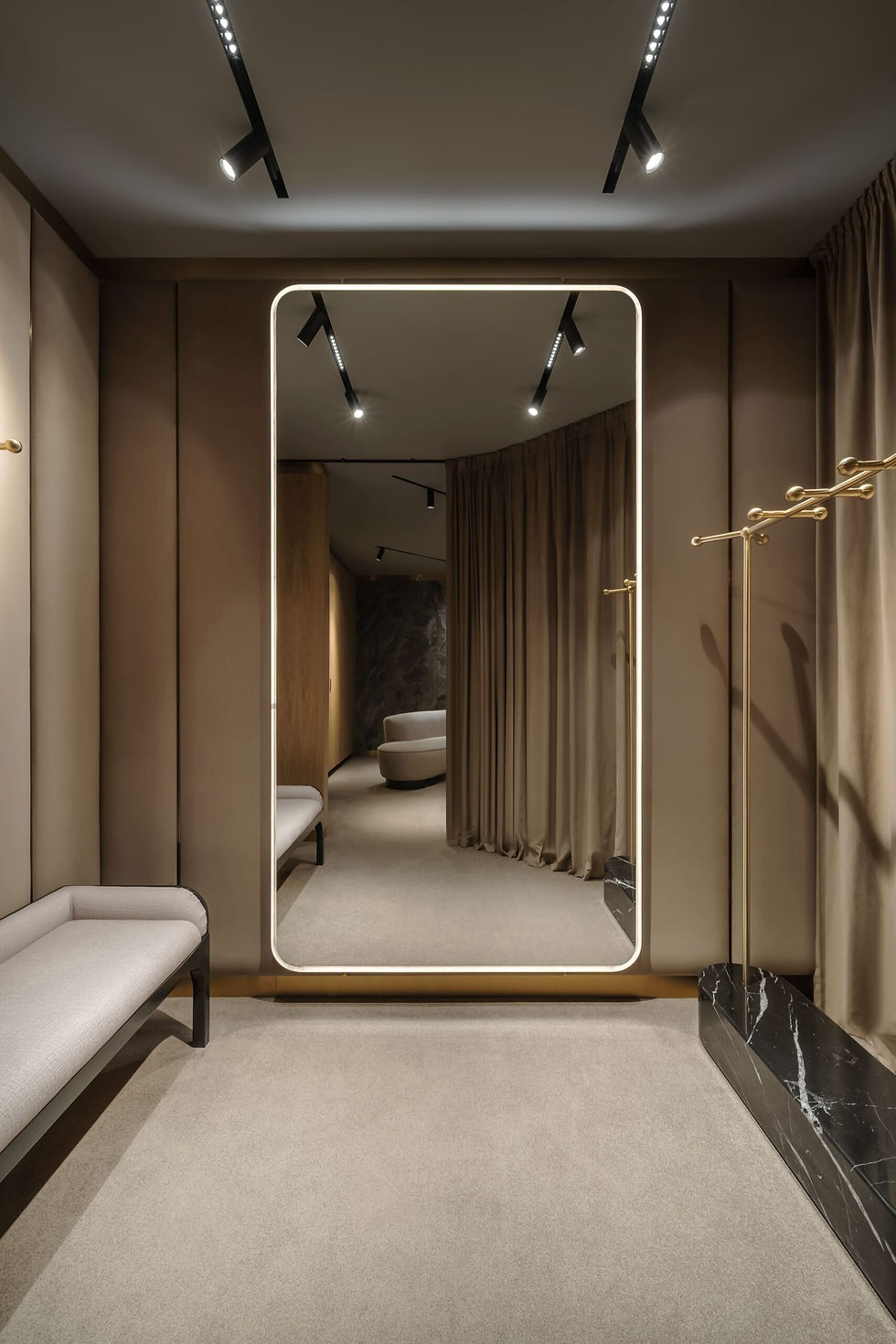
Picture 5.3 Rehearsal Room
Escalators/elevator lobbies
The basic expected features for these areas are; Preferring lighting devices that are easy to maintain and repair, accessibility to the luminaire when desired, lamp life and energy efficiency. Areas in or near the Elevator/Escalator area are frequently
They are also used as areas where products are displayed. Therefore, special attention should be paid and directional luminaires (Accent lighting) should be considered.
6 - Lighting Types
Finally, let's look at the lighting types used hierarchically in the store lighting design stages;
Ambience Lighting
Ambient lighting should provide general diffuse and uniform illumination within the store. Ambient lighting brightness level varies from store to store. Luminaires for ambient lighting are usually arranged in a certain order and have wide light distribution. Required CCT and CRI vary depending on the target market.
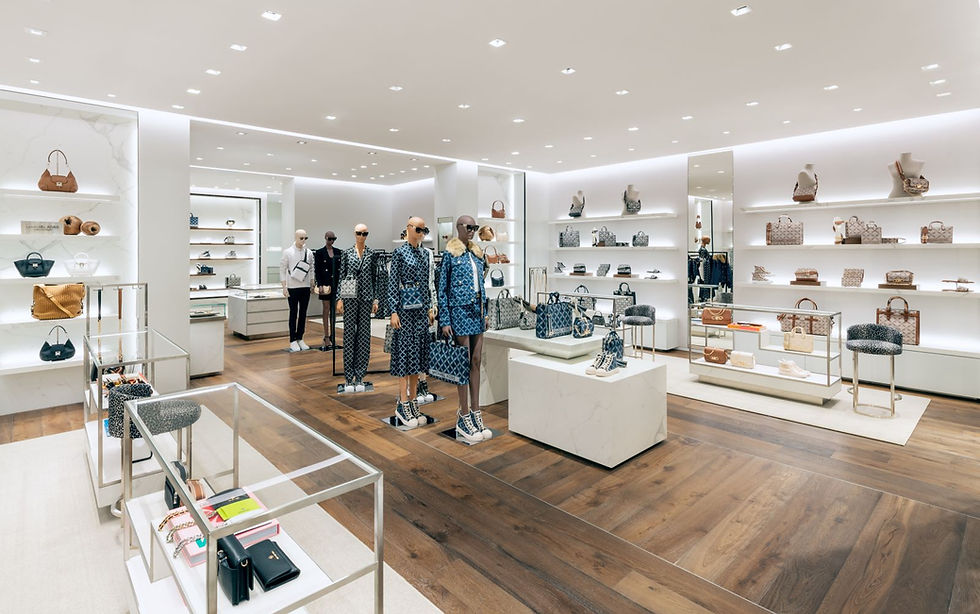
Picture 6.1: Ambience Lighting
· Accent Lighting
In general, the aim is to create contrast with accent lighting. With accent lighting, customers are attracted/directed to certain areas within the store. The emphasis light level is directly related to the store identity, the type of product to be exhibited, interior architecture/decoration and color combinations. The general light level should also be taken into account in order to create contrast.
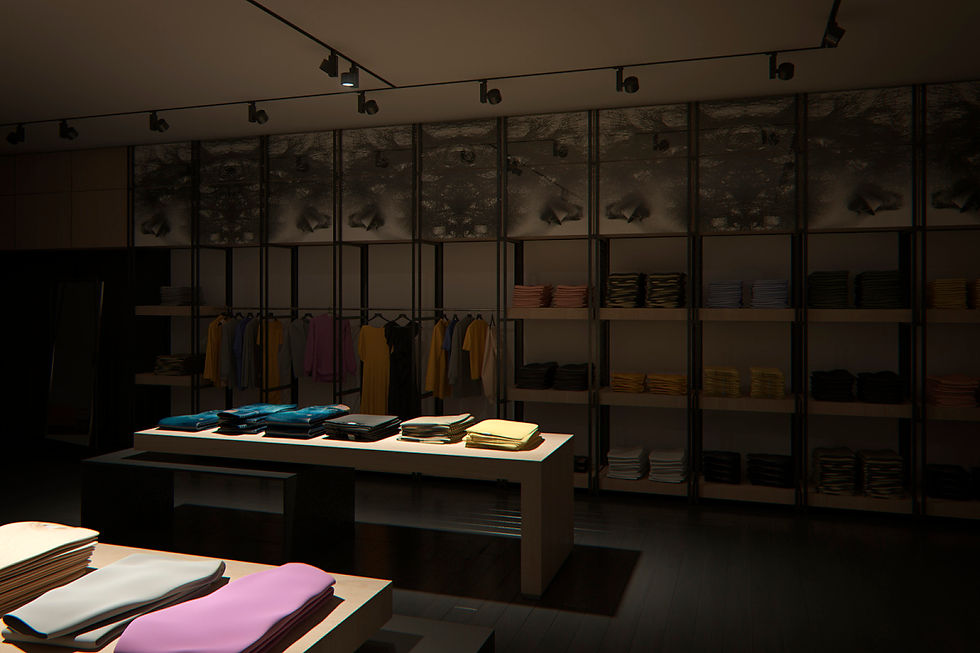
Figure 6.2: Accent Lighting
Image Source: Erco Lighting
· Wall/Stand Lighting
Wall lighting helps highlight product display areas. In addition to providing the vertical lighting required for wall displays/stands, it also gives the space a larger feeling. It is generally used to direct customers from the main corridor of the store towards the area/wall where the products are located.
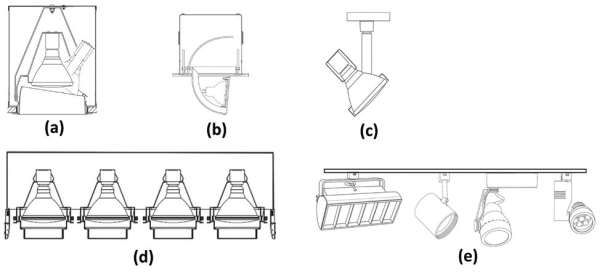
Picture 6.3: Luminaire types used in wall lighting
(a): Recessed Directional Spotlight
(b): Semi-Recessed Snail Spot
(c): Steerable Spot
(d): Recessed Concealed Type Directional Spotlight
(e): Rail Spot Types
· Decorative Lighting
Decorative lighting supports the overall ambiance and helps create the shopping "mood" that the store wants to reflect, adding visual interest to the space. It is generally used in designer/boutique stores, fashion-brand stores. Decorative elements consist of fixtures such as wall lamps, chandeliers and table lamps. Decorative lighting is intended to support ambient lighting and is not preferred to fulfill the main lighting function.



Comments